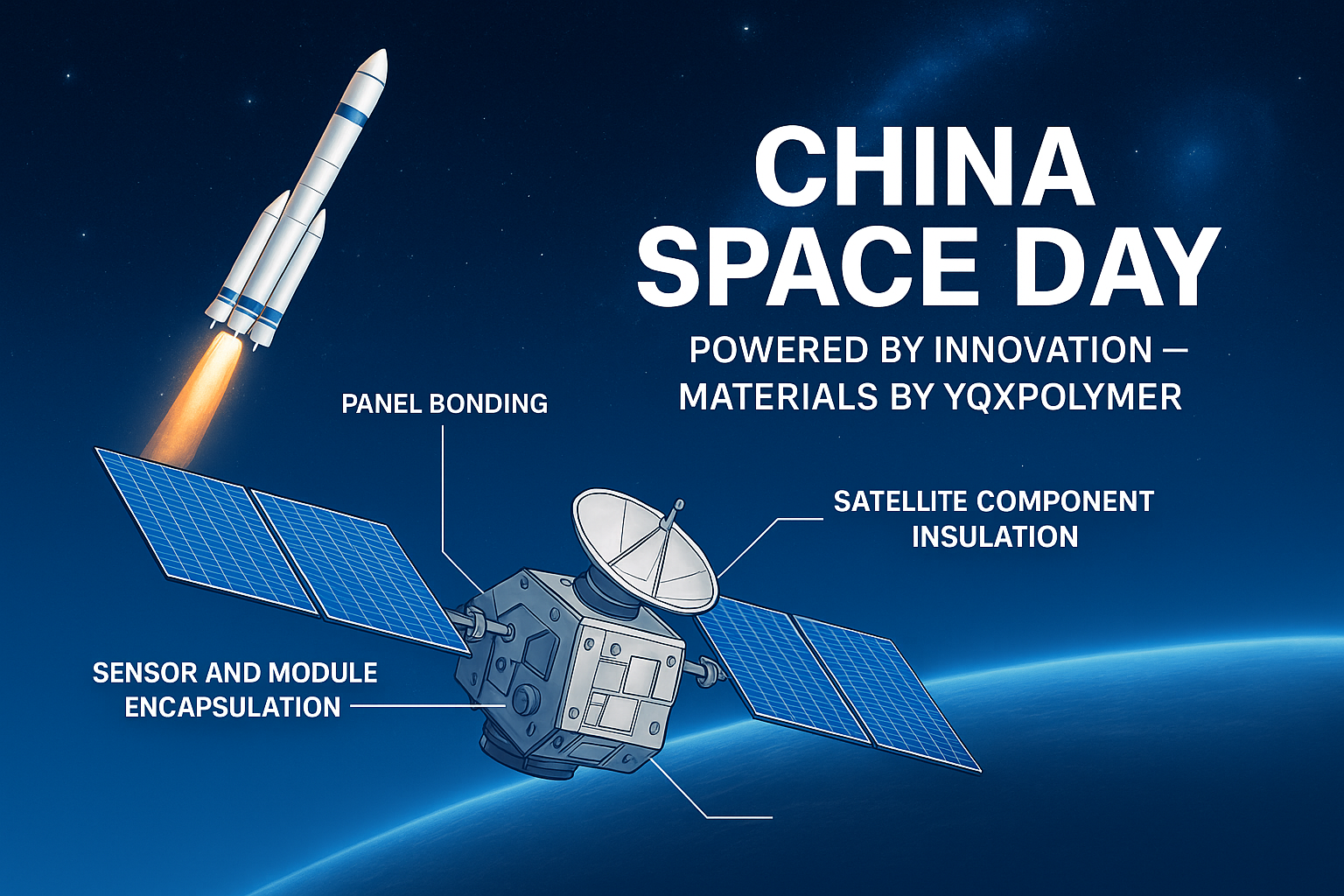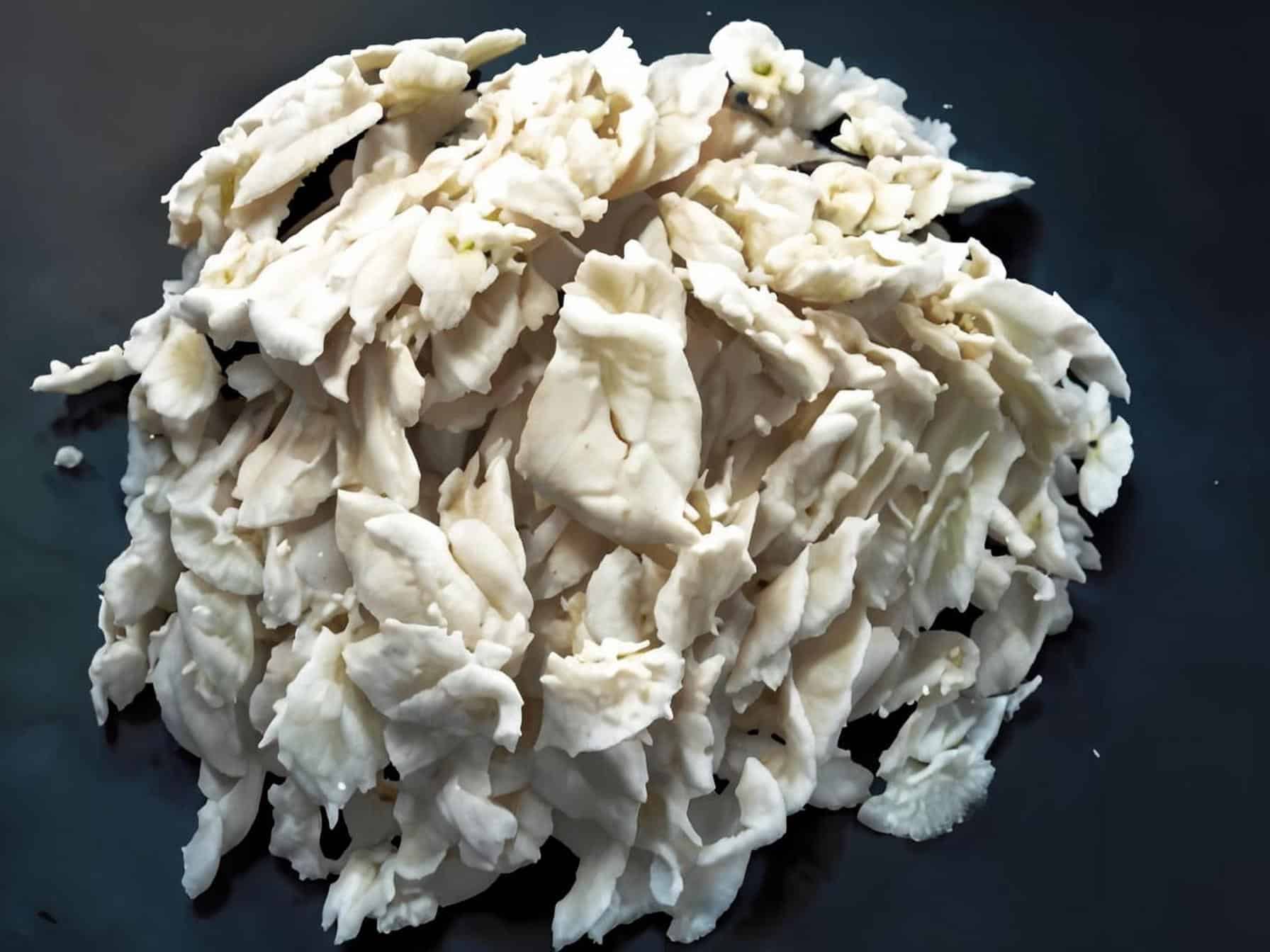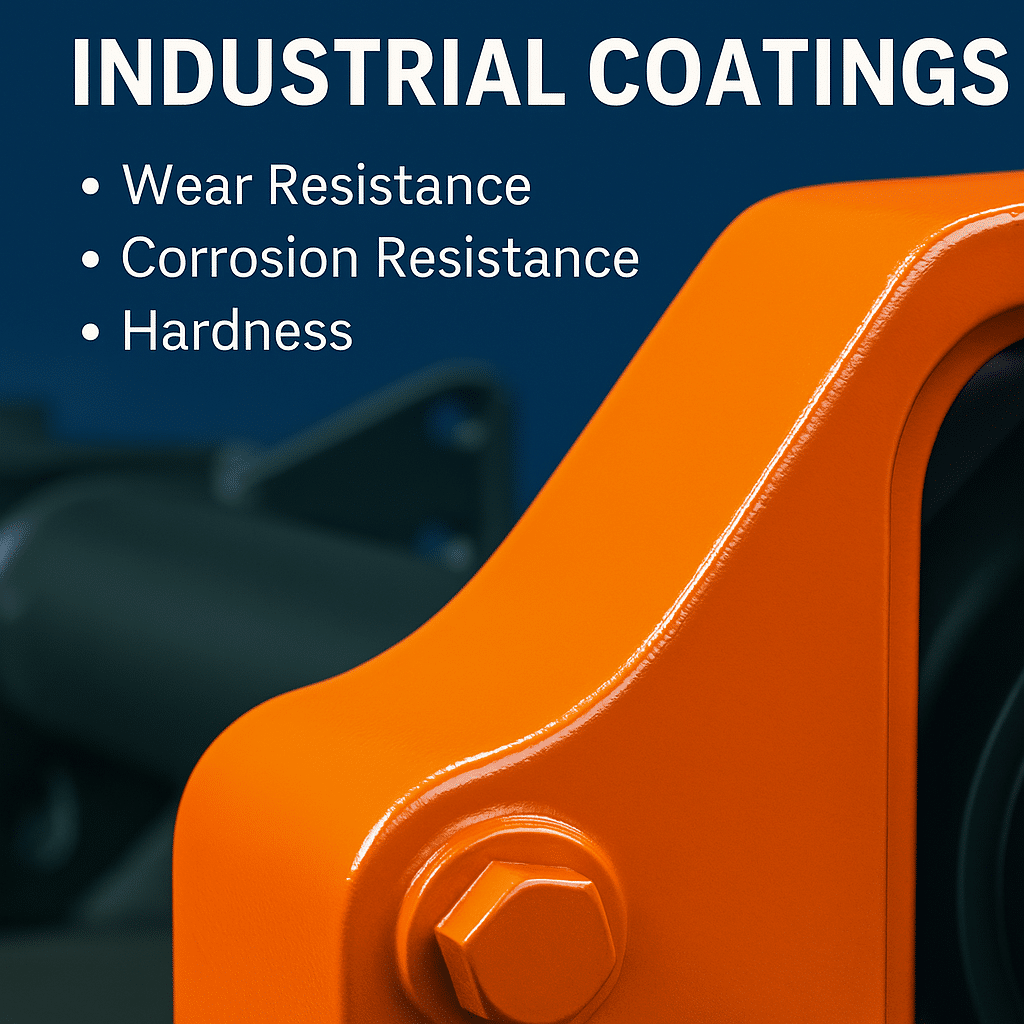Everything You Need to Know About YQXPOLYMER Epoxy Resin: Types, Composition, and Curing Process Explained
What is Epoxy Resin?
Epoxy resin is a widely used thermosetting polymer material that is primarily composed of two key components: the resin (epoxide group) and the hardener (curing agent). When mixed together, these components undergo a chemical reaction called curing, which transforms the liquid resin into a solid, durable, and rigid plastic. Epoxy resins are used in various applications, from coating surfaces and making adhesives to encapsulating electrical components and creating composites.
The versatility of epoxy resins makes them ideal for many industries, including construction, automotive, electronics, aerospace, marine, and more. Their exceptional adhesive properties, high strength, chemical resistance, and electrical insulating abilities have made them a go-to material for demanding applications.

Types of Epoxy Resin: A Detailed Breakdown
There are several types of epoxy resins, each with unique properties and applications. Here’s a breakdown of the most common types:
Bisphenol A (BPA)-based Epoxy Resin
This is the most common type of epoxy resin. It is typically used in coatings, adhesives, and laminates. BPA-based resins offer excellent adhesion, low viscosity, and great mechanical properties once cured. They are ideal for applications in the construction and automotive sectors.
Novolac Epoxy Resin
Novolac epoxy resins are made from phenolic compounds and are known for their superior chemical resistance, heat stability, and higher glass transition temperature (Tg). These are used in high-performance applications such as industrial coatings, electrical laminates, and composite materials exposed to high temperatures or harsh chemical environments.
Aliphatic Epoxy Resin
Aliphatic epoxy resins are known for their excellent UV stability and are ideal for outdoor applications where UV exposure is a concern. They offer improved flexibility and are often used in the coatings of outdoor furniture, tanks, and pipes.
Flexible Epoxy Resins
These resins are modified with flexible components and are used in applications where high flexibility is required, such as in sealants and adhesives for electronic assemblies or automotive components.
Epoxy Resins for High-Temperature Applications
Certain epoxy resins are specially formulated to withstand extreme temperatures, making them suitable for aerospace and military applications, as well as in electric motors and turbines.
Understanding the right type of epoxy resin for your application is critical to ensure optimal performance, whether you’re looking for high strength, flexibility, or chemical resistance.
Epoxy Resin vs. Polyester Resin: Key Differences You Should Know
Epoxy and polyester resins are both commonly used in composites and coatings, but they have distinct characteristics and performance differences:
Strength and Durability:
Epoxy resins are generally stronger and more durable than polyester resins. The chemical bonds formed during the curing process make epoxy more resistant to physical damage, making it ideal for high-stress environments.
Chemical Resistance:
Epoxy resin has superior chemical resistance compared to polyester, which makes it a better choice for applications exposed to aggressive chemicals, solvents, and harsh weather conditions.
Curing Time:
Epoxy resin requires a longer curing time and typically needs a hardener to initiate the curing process. This extended curing period allows for better adhesion and stronger bonds, while polyester resin cures more quickly but is less durable.
Adhesion and Bonding:
Epoxy resin adheres better to a wider range of surfaces, including metals, glass, and plastics. Polyester resin, on the other hand, works best with fiberglass and certain composites.
Cost:
Polyester resins are generally more cost-effective than epoxy resins, which may make them a better choice for large-scale projects or when cost is a significant factor.
In short, if you require strength, durability, and chemical resistance for critical applications, epoxy resin is the better choice. For applications where speed and cost are prioritized, polyester resin might be more suitable.
What Are the Main Components of Epoxy Resin?
Epoxy resins are typically composed of the following components:
Epoxy Resin (Base Material)
The base material contains the epoxide functional group (a reactive three-membered ring structure), which is responsible for its excellent bonding properties. The resin itself is usually a viscous liquid at room temperature.
Hardener (Curing Agent)
The hardener is mixed with the resin to initiate the curing reaction. It reacts chemically with the epoxide groups in the resin to form cross-linked polymers. Common hardeners include amines, anhydrides, and polyamides.
Additives and Fillers
Various additives can be included to modify the resin’s properties, such as flexibilizers, thixotropic agents, or UV stabilizers. Fillers like silica or carbon fiber can be added to improve the strength, electrical conductivity, or thermal resistance of the final material.
Solvents
Some epoxy resins may contain solvents to lower the viscosity and improve the resin’s workability. However, many high-performance epoxy resins, especially in the industrial sector, are formulated to be solvent-free for environmental and safety reasons.
The Curing Process of Epoxy Resin: Working Time vs. Hardening Time
The curing process is a critical aspect of working with epoxy resin, as it determines the final properties of the material. When the resin and hardener are mixed, a chemical reaction occurs that causes the liquid mixture to gradually solidify. Here’s a breakdown of the curing stages:
Working Time:
The working time (also known as pot life) refers to the amount of time you have to mix, apply, and manipulate the resin before it starts to set. This can vary depending on the resin’s formulation and the environmental temperature. Shorter working times are ideal for applications requiring quick curing, but they may limit your ability to adjust the application once the process begins.
Curing Time:
Curing time refers to the amount of time it takes for the epoxy resin to fully cure and reach its maximum strength. This time frame can vary based on the type of resin, the hardener used, and environmental factors like humidity and temperature. For most standard applications, epoxy resins cure within 24 hours, but some high-performance resins may require up to several days for full curing.
Post-Curing:
After the initial curing process, some epoxy resins benefit from a post-curing phase, where the material is subjected to higher temperatures to further enhance its mechanical properties, such as heat resistance and chemical stability.
Understanding the differences between working time and curing time is crucial for achieving desired results. For example, when creating coatings or composites, you may need to manage the working time to ensure uniform application and prevent premature curing.
Conclusion:
YQXPOLYMER Epoxy Resin is a high-quality material ideal for a wide range of applications. Whether you’re involved in coatings, adhesives, composite materials, or electrical insulation, understanding the basics of epoxy resin, including its types, composition, and curing process, is essential for making informed decisions and achieving optimal results. By selecting the right type of epoxy resin and properly managing the curing process, you can ensure your projects meet industry standards and perform reliably in the long term.
Email: sales@yqxpolymer.com
Phone: +86-28-84111861
About YQXPolymer:
YQXPolymer is a global leader in the development and manufacturing of high-performance epoxy resins. Our products are designed to meet the demanding needs of various industries, from construction and automotive to aerospace and marine. With a commitment to innovation and quality, we continue to push the boundaries of material science to provide solutions that ensure strength, durability, and long-term success for our clients.




